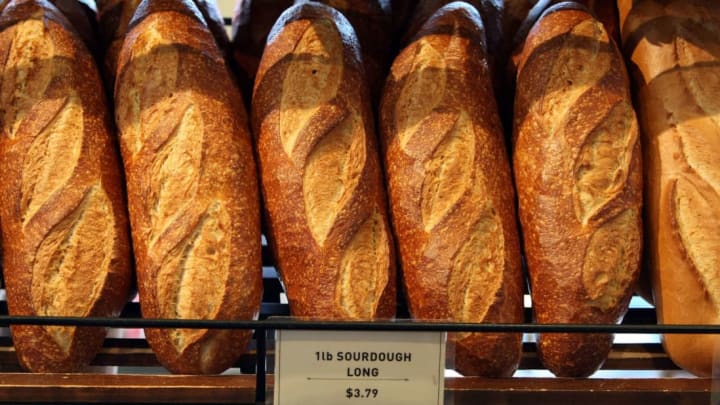As scores of people take up baking to pass the time (and alleviate stress) while self-isolating, sourdough bread has seen an astronomical rise in popularity. Whether you’re just getting introduced to the properties of yeast or you’ve been cultivating your own sourdough starter for ages, you could probably learn a thing or two from Karl De Smedt, who’s spent several years gathering sourdough starters from all over the world for the Puratos Sourdough Library in St. Vith, Belgium.
According to Smithsonian, most of the starters are from European countries—there are 38 from Italy alone—but some hail from other places, too, including the library’s very first starter from San Francisco. That sample was collected by Belgian bakery supply company Puratos in 1989, and it was De Smedt who later suggested they display their ever-growing, multicultural assortment to the public.
They opened the one-room library in 2013, and you can now explore the collection for yourself via a 360-degree virtual tour, which features an introduction by De Smedt, refrigerators containing a total of 125 sourdough starters, and videos that tell the unique stories behind 12 of those starters. In one, for example, De Smedt travels to Italy to explore the origins of the famous Altamura bread, which ancient Roman poet Horace called “the best bread to be had” all the way back in 37 BCE. In another, De Smedt heads to China’s Hebei province for a mouthwatering lesson on steamed buns.
On the left side of the virtual tour is a menu that lists 87 of the starters; if you click on one, you’ll be shown that particular jar along with information about its history, flour type, and bacterial characteristics. Since sourdough starters’ microbial colonies can evolve over time, it’s not clear how old some of them actually are.
“If someone insisted she had a 500-year-old sourdough, I’d have to believe her,” De Smedt told The New York Times.
You can explore the virtual tour here.
[h/t Smithsonian]
